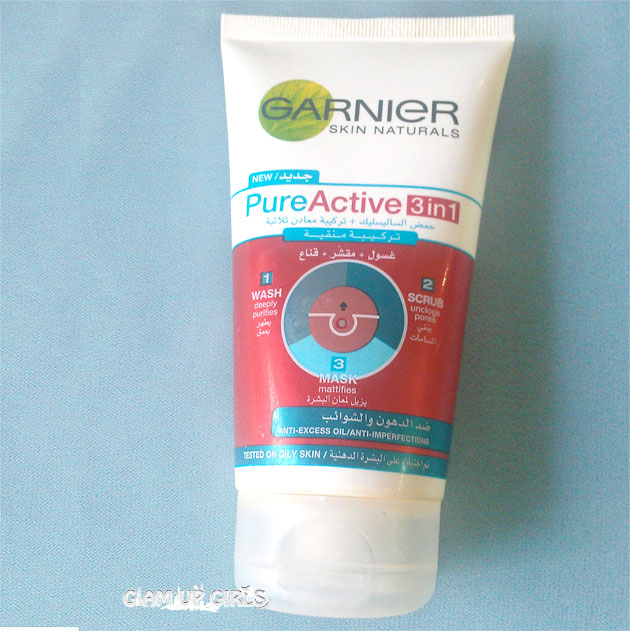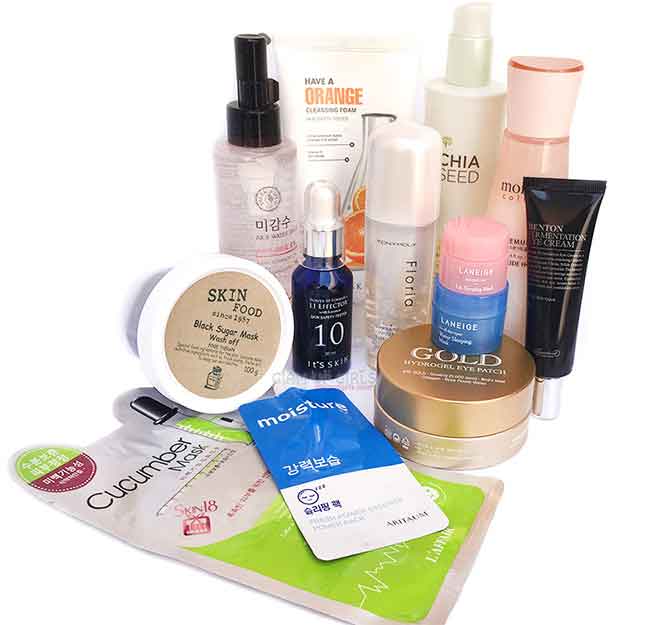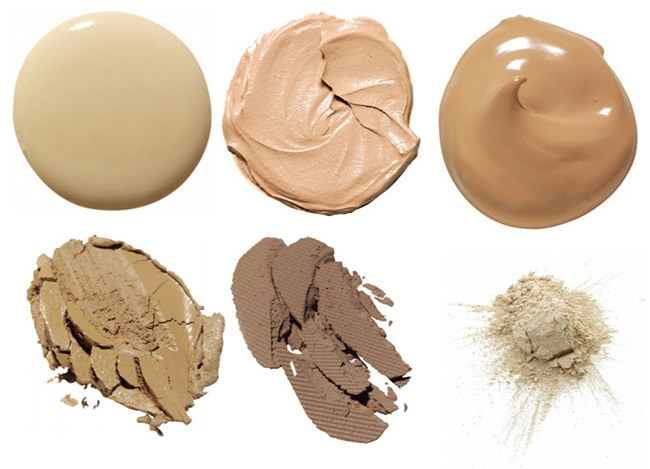Sheet masks are mostly made from cotton or fiber cloth which are then socked in different concoctions containing ingredients suitable for different skin issues. The slippery formula once properly adjusted on the face will be left to dry or to keep on for 15 minutes to let the skin soak all the goodness. These masks help the serums to stay on skin for longer, letting it absorb slowly which is why they provide great hydration and product seeps into deeper layers of skin. You can get masks for hydration, collagen, calming, whitening or brightening etc
Having said that, sheet masks are not very budget friendly options if you want to apply them regularly but the good news is that you can DIY them easily at home. After all they are made of piece of cotton or fiber cloth which then socked in different concoctions which you can cook up easily at home according to your skin type which is quite easy and fun to do. Instead of cloth, you can also use rice papers which are ideal for acne-prone skin, like sebum control, reducing redness and swelling, and mattifying oily skin. If cutting your mask cloth is too much for you, you can buy condensed or compressed mask tablets which will turn into sheet mask when put is liquid with holes for lips, eyes and nose and they are quite easy on pocket.
Whether you choose these compressed masks or make your own with cotton fabric making holes in them, you need some DIY liquid to let them soak in. Today we are sharing few our favorite and most effective DIY sheet mask recipes. It is better to add glycerin in all of the mask recipes which helps to draw moisture into the skin as well as any other oils or ingredients dissolved in it. Here's a step-by-step guide to creating DIY sheet masks that cater to your skin's unique needs.
Main Ingredients you need
- Compressed sheet masks
- Natural ingredients like aloe vera gel, rose water, green tea, honey, yogurt, cucumber, and more
- Essential oils (optional)
Start with a hydrating and soothing base. Aloe vera gel, rose water, or a mixture of water and glycerin work well. These bases provide a foundation for the active ingredients to penetrate the skin.
Step 2: Select Active Ingredients
Consider your skin concerns when choosing active ingredients. For example:
- Hydrating: Hyaluronic acid, cucumber extract
- Brightening: Lemon juice, green tea extract
- Soothing: Chamomile tea, oatmeal
- Anti-Aging: Vitamin C, honey
Step 3: Mix and Soak
In a bowl, mix your base with a few drops of your chosen active ingredients. Ensure the mixture is well-combined. Open the compressed sheet mask and place it in the bowl, allowing it to soak up the mixture.
Step 4: Customize with Essential Oils
For an added aromatherapy touch, incorporate a drop or two of skin-friendly essential oils like lavender, tea tree, or chamomile.
Step 5: Apply and Relax
Once the sheet mask is saturated, gently unfold it and place it on your cleansed face. Adjust it to fit comfortably, making sure the eye, nose, and mouth openings align. Lie back and relax for 15-20 minutes.
Step 6: Remove and Pat Dry
After the designated time, remove the sheet mask and gently pat the remaining essence into your skin. Avoid rinsing, as the essence is packed with beneficial ingredients.
Step 7: Seal in the Goodness
Follow up with your favorite moisturizer or facial oil to lock in the benefits of the DIY sheet mask.
Important Tips
- Patch-test new ingredients to ensure you don't have any adverse reactions.
- Avoid ingredients you're allergic to or that may irritate your skin.
- Store leftover mixture in the refrigerator for a day or two.
Few Recipes of DIY Sheet Masks for Different Skin
Dry skin
- Soak mask in milk with 1/2 ts of turmeric and 2tbl of glycerin
- Mix cucumber juice, rose water and glycerin
- Mix water with avocado oil, glycerin and few drops of rose oil
Acne skin
- Mix water with 2tbl of glycerin, rose water, few drops of tea tree oil
- Mix green tea with glycerin and rose water
- Mix rose water, glycerin and argan oil
For Anti-Ageing
- Mix rose water with rose hip oil, glycerin and vitamin E oil
- Mix rice water with glycerin, argan oil and rose oil
For Brightening and Tightening
- Mix yogurt with water and add glycerin and turmeric
- Mix orange juice with glycerin and rose oil
- Mix rose water with glycerin and lemon juice
These are just few option which you can adjust as your skin like. Quantity will depend on the choice of sheet. To start the base of mask all you need is a tablespoon of glycerin and two tablespoons of rose water with addition of other ingredients.
Creating DIY sheet masks allows you to tailor the ingredients to your skin's needs and preferences. Experiment with various combinations and notice how your skin responds. Incorporating these personalized treatments into your skincare routine can be a wonderful way to indulge in self-care while promoting a healthy and radiant complexion.
Your Ultimate DIY Guide To Sheet Masks
For an even cheaper alternative to shop-bought sheet masks, you can create your own custom-made mix – it’s unbelievably easy! The cotton sheets can be found online at Amazon and will cost you less than $10 for a pack.
HOW TO: Just mix up a concoction of your choice (avoid mixing in a metal bowl), then lay the sheet mask in it and allow it to absorb fully for around a minute. If you don’t have the sheet mask, you can even soak cotton pads in the product and lay them on your skin. Place the sheet on your face and let the beautifying begin! You can leave the mask on for twenty minutes, or for a couple of episodes of your favorite series – it’s all natural goodness so leaving it on for a long time shouldn’t irritate your skin. With any leftover mix, rub it down your neck and chest. If you have loads of mix leftover, soak another face mask in it, and store it in a zip-lock bag in the fridge for the next day.
INGREDIENTS WE LOVE:
Rice paper: You can also buy rice paper sheets, which you can simply soak in warm milk, tea tree or your favorite DIY mix. It turns into a mouldable, jelly-like mask which you can cut (beforehand!) to custom fit your face. Rice has a load of beauty benefits that are ideal for acne-prone skin, like sebum control, reducing redness and swelling, and mattifying oily skin.
The perfect base: If you can get your hands on glycerin – totally not essential – it helps to draw moisture into the skin as well as any other oils or ingredients dissolved in it. Just make sure you maintain a 50:50 ratio with other ingredients, as it needs to be diluted.
For Acne: Tea Tree – it’s anti-inflammatory and anti-microbial. Argan Oil – reduces inflammation and sebum in oily skin, and repairs damaged skin cells. Rose Water – heals acne scarring, regenerates skin tissue, and is anti-inflammatory. Green Tea – full of antioxidants, vitamins, and reduces sebum by 50% (brew two tea bags). Honey – kills the bacteria that causes acne.
For Anti-Ageing: Rose Water or rose oils – penetrates the dermis level, and contains a ton of Vitamin A, which aids in skin cell turnover, keeps wrinkles at bay, and tightens pores. Avocado oil – rich in Vitamin E, which reduces dark skin spots, protects skin, and aids in healing damaged skin. Glycerin – a miracle moisturizer which helps to improve skin’s elasticity, fill lines and creases, promote skin regeneration, and reduces the look of dark circles. Egg whites – shrinks pores and maintains the skin’s elasticity to reduce the appearance of fine lines.
For Brightening and Tightening: Vitamin C – contains ascorbic acid (the A-list of the beauty world), which helps to brighten skin, hydrate, even skin tone, and decrease dark circles. Turmeric – perfect for brightening the skin. Yogurt – contains lactic acid that dissolves dead skin cells and gives you glowing skin. Lemon – high in vitamin C, and contains amino acids that aid your skin’s collagen production, while also brightening your skin.
For Dry Skin Hydration: Bananas (blend with your other ingredients) – rich in potassium and vitamins, which are amazing at moisturizing dehydrated skin. Avocados – packed with Vitamin A, which helps to remove dead skin cells, while the oil is quickly absorbed and also increases blood circulation. Cucumber – high in vitamins which are a godsend for dry skin, and contains silica, which is essential for repairing collagen and elastin.
Play around with quantities, typically you might use a tablespoon of glycerin and two tablespoons of rose water, with a teaspoon of honey and a few drops of your favorite essential oils. Other ingredients we love are Turmeric, Lavender Oil, Papaya, Essential Oils (use sparingly), Aloe Vera, and Coconut Oil. Sheet masks are a firm favorite in our beauty regime but don’t forget your other face masks or scrubs, as they do a totally different job.



































